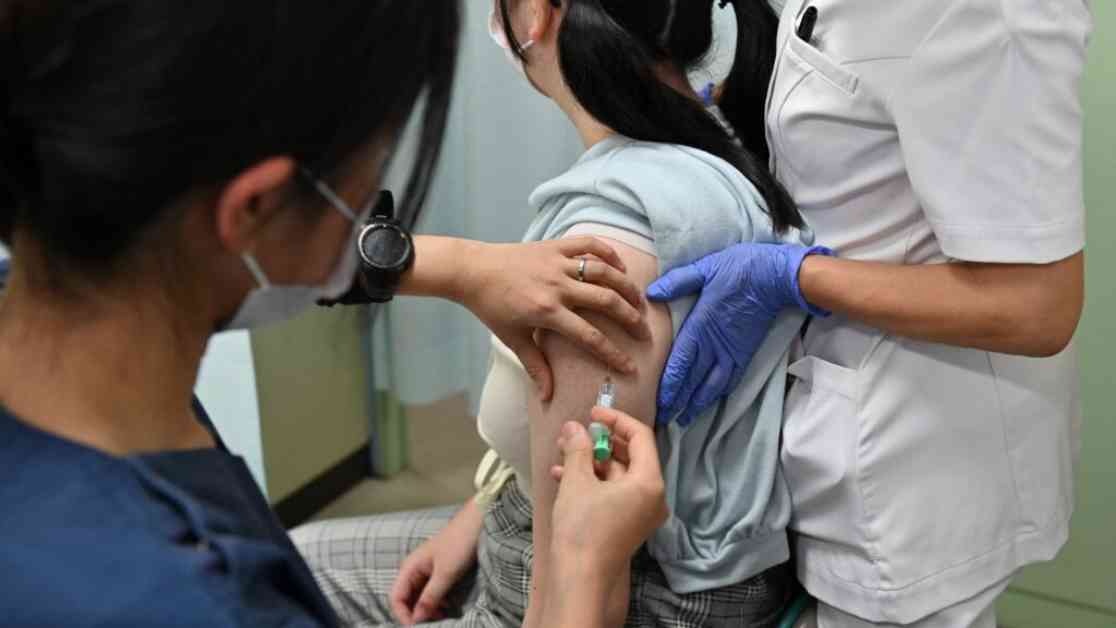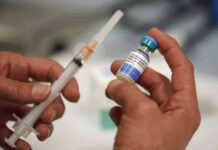President Joe Biden and the leaders of Australia, India, and Japan recently introduced a new initiative called the Quad Cancer Moonshot Initiative. This initiative aims to combat cervical cancer in the Indo-Pacific region by ensuring that 90% of girls receive the HPV vaccine, which can prevent the human papillomavirus that causes cervical cancer. The vaccine has been approved by the World Health Organization and has the potential to significantly reduce the rates of this deadly cancer.
The plan involves U.S. Navy hospital ships providing screenings and vaccines in the region, with India manufacturing and distributing the vaccines, and Japan offering technological support. The U.S. and Australia will also contribute to further research on cervical cancer in the region. While this initiative is commendable, there are some key issues that need to be addressed.
Despite the efforts of these countries, the vaccination rates for HPV are not where they need to be. Only Australia is close to reaching the WHO’s recommended coverage of 90% for girls. Japan, for example, saw a significant drop in vaccination rates due to concerns about side effects, and the U.S. continues to face challenges with misinformation and myths surrounding the vaccine.
India has announced its intention to provide HPV vaccinations to all girls, but has not yet done so. It is crucial that all countries involved in this initiative work towards increasing vaccination rates and addressing the barriers that are preventing women from receiving this life-saving vaccine.
Cervical cancer is a preventable disease, yet it continues to be one of the most common forms of cancer among women worldwide. More than 340,000 women die from cervical cancer each year, with 4,000 of those deaths occurring in the U.S. Efforts to increase vaccination rates and improve access to screening and treatment are essential in the fight against this disease.
Countries like Bhutan, Burkina Faso, and Rwanda have successfully vaccinated a large percentage of their young women and are on track to eliminate cervical cancer. These success stories demonstrate that with commitment and resources, it is possible to make significant progress in reducing the burden of this disease.
In addition to increasing vaccination rates, it is important to address the challenges of misinformation and skepticism surrounding the HPV vaccine. Research is needed to understand why some communities are hesitant to vaccinate and how to effectively communicate the benefits of vaccination. Healthcare providers, especially pediatricians, play a crucial role in educating patients and dispelling myths about the vaccine.
The cost of inaction when it comes to cervical cancer is high, both in terms of financial costs and human lives. Prevention through vaccination and screening is a cost-effective way to reduce the burden of this disease and save lives. It is essential that all countries involved in the Quad Cancer Moonshot Initiative work together to ensure that women have access to these life-saving interventions.
By addressing the challenges of low vaccination rates, misinformation, and access to care, we can make significant progress in reducing the burden of cervical cancer and saving lives. The commitment to the Cancer Moonshot Initiative is a positive step, but it is crucial that all countries involved prioritize the health and well-being of women and work towards achieving the goal of eliminating cervical cancer.

















